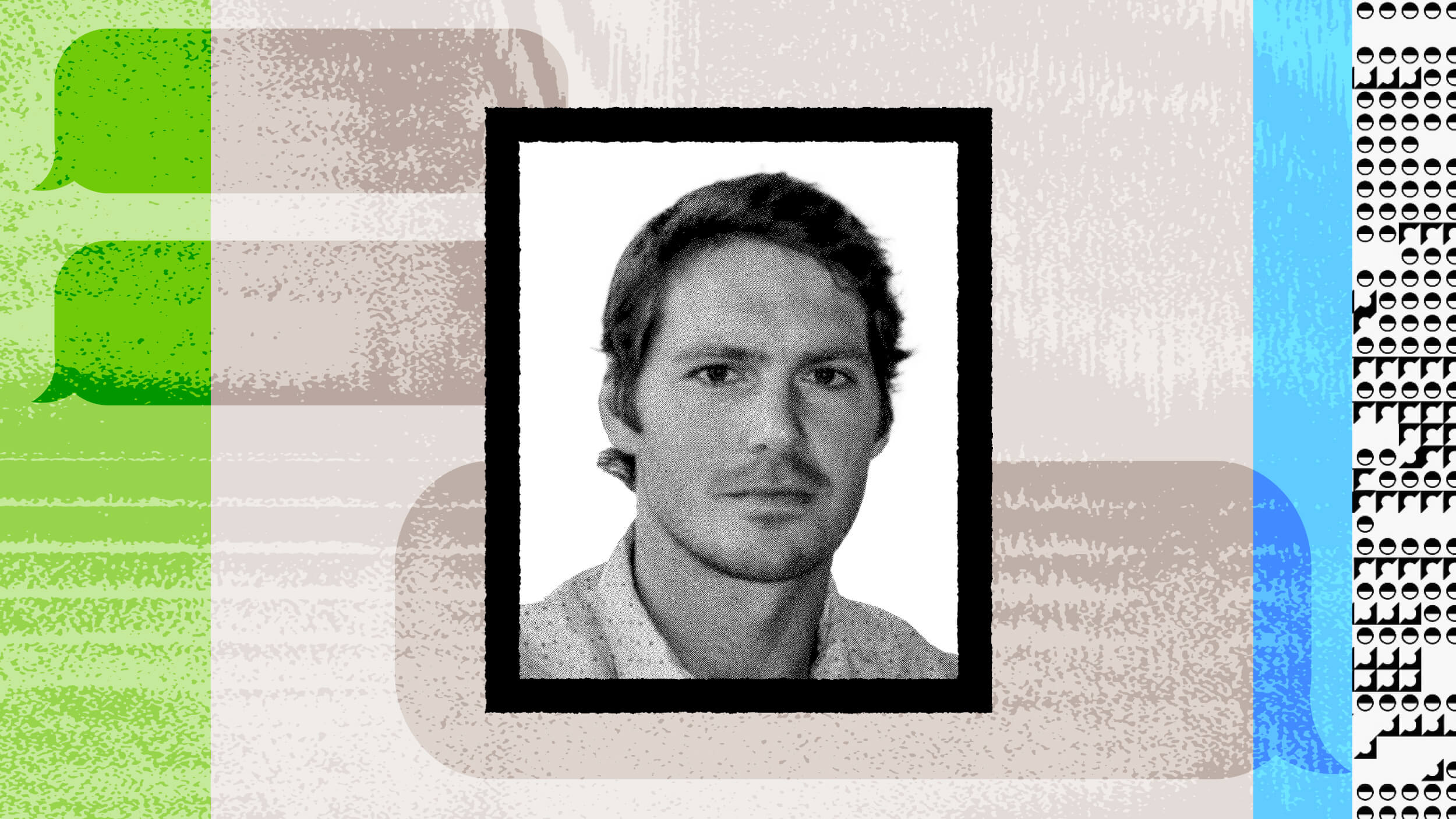The weight management expert developed a school program, and released it into the public domain, called Activity Burst in the Classroom (ABC) that helps restless children release their energies.
Question: What health programs have you developed?
David Katz: I have five children: four daughters and a son. My son is the youngest. The reason I have five children is that we had four daughters in a row. We thought we were done. Then we came out of retirement to try once more for a little gender balance in the troops and we got Gabriel. Now, Gabe is now ten but when he was five, I gave a talk at Dartmouth, my alma mater, to families in the evening and this was on health promotion. And it was a big auditorium filled with families including my own. So in the front row was my wife Catherine, my four daughters lined up on one side of her, and my then five-year-old son Gabe on the other side who did not want to be sitting still at seven in the evening listening to his dad drone on. So he was very fidgety and basically driving my wife crazy by fidgeting out of his seat. This got completely out of control and I had to excuse myself and say, “Forgive me folks but my son is torturing my wife. I have to intervene.” And I had my son get up, basically, and do a lap around the auditorium to try and work out this restlessness so he could sit still. So he did his lap, came back, sat down next to his mother, and then gave me this impish in-your-face-dad-you-asked-for-it look and took off again and took another lap.
At the end of lap two he never bothered to sit down, he just waved and kept right on going. And three kids got up and took off after him. And when the four of them came around nobody sat down, they all kept going and every kid in the audience under the age of twelve got up and took off after these guys. So we now had thirty-five kids running laps around the audience. To make a story short, what I wound up telling the audience was, you know actually this is much more important than anything else I could be saying now. My son is healthy; I assume your kids are healthy; he’s a healthy five year old boy. Now Lord knows if you’re cooped up with him for any length of time you need to medicate either him or yourself but let’s face it. Rambunctiousness in a little boy is normal. And rambunctiousness should be treated with recess, not riddling. These kids are telling us something.
So looking at that response, just that native, rambunctious response of my son I thought we really should be able to find a way to let kids get up and do exactly this run around for a minute when they need to. A program called ABC for Fitness was born. It stands for Activity Burst in the Classroom. Since that day five years ago, it has been refined by experts in both physical activity and teaching and it is now a detailed instruction manual broken down by grade level and subject matter that teaches elementary school teachers how to take kids through brief bursts of physical activity throughout the day anytime they need it; when the kids are restless, not paying attention, apathetic. Instead of just wasting their time saying “sit still, keep your hands to yourself, pay attention,” take them through an activity burst.
We’ve implemented this in a school district in the Midwest and tested it there. And we found significant improvements in fitness, stable performance on standardized tests, no reduction in teaching time, no increase in the disruptions in the classroom, and a significant reduction in medication used for both asthma and ADHD. You can actually replace riddling with recess if you break recess up so it fits into the school day. The schools have trouble these days finding time for a block of Phys Ed or a block of recess.
So ABC for Fitness is a program developed by my lab that is now in the public domain, free. To the best of our knowledge, we are in hundreds, if not thousands of schools because the program works. It’s very easy, all the materials are readily available and it costs nothing.
Recorded on: July 06, 2009





